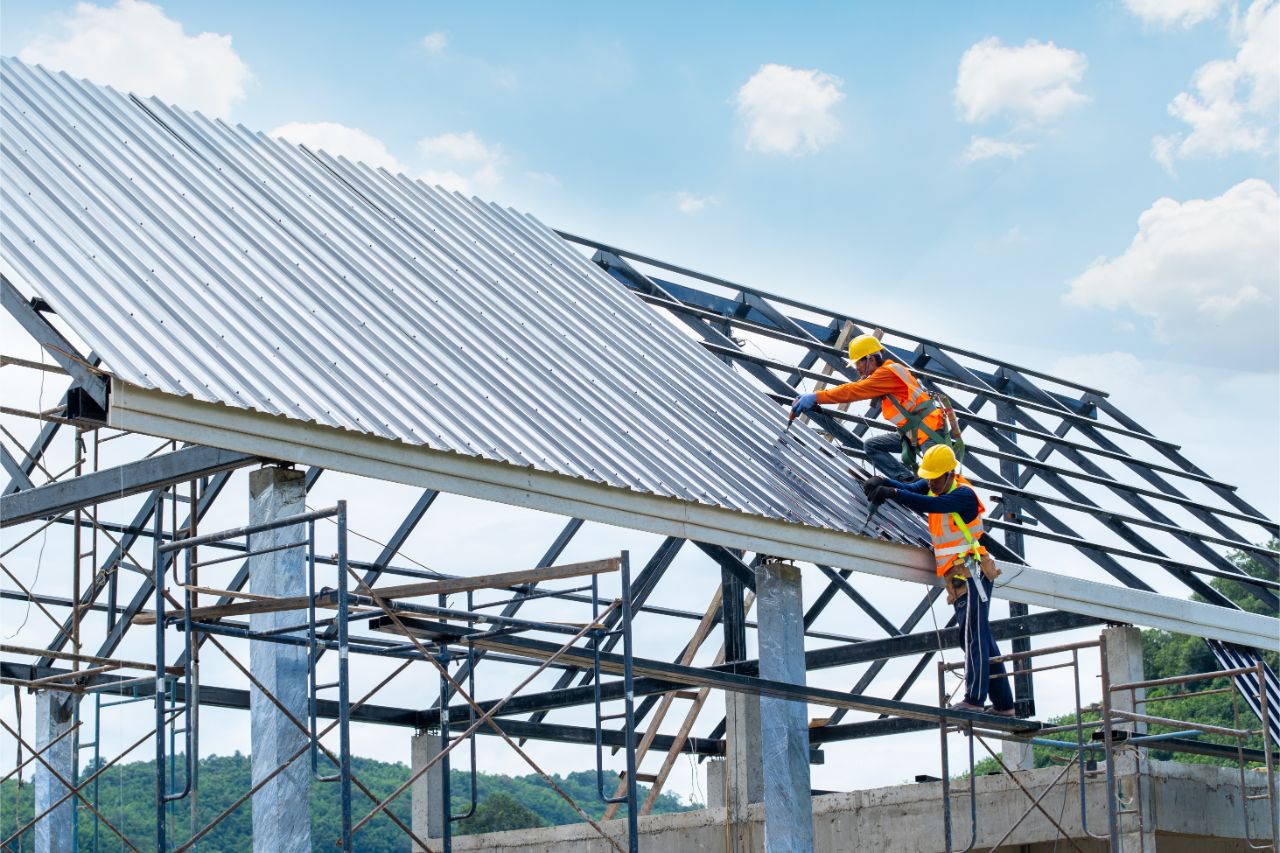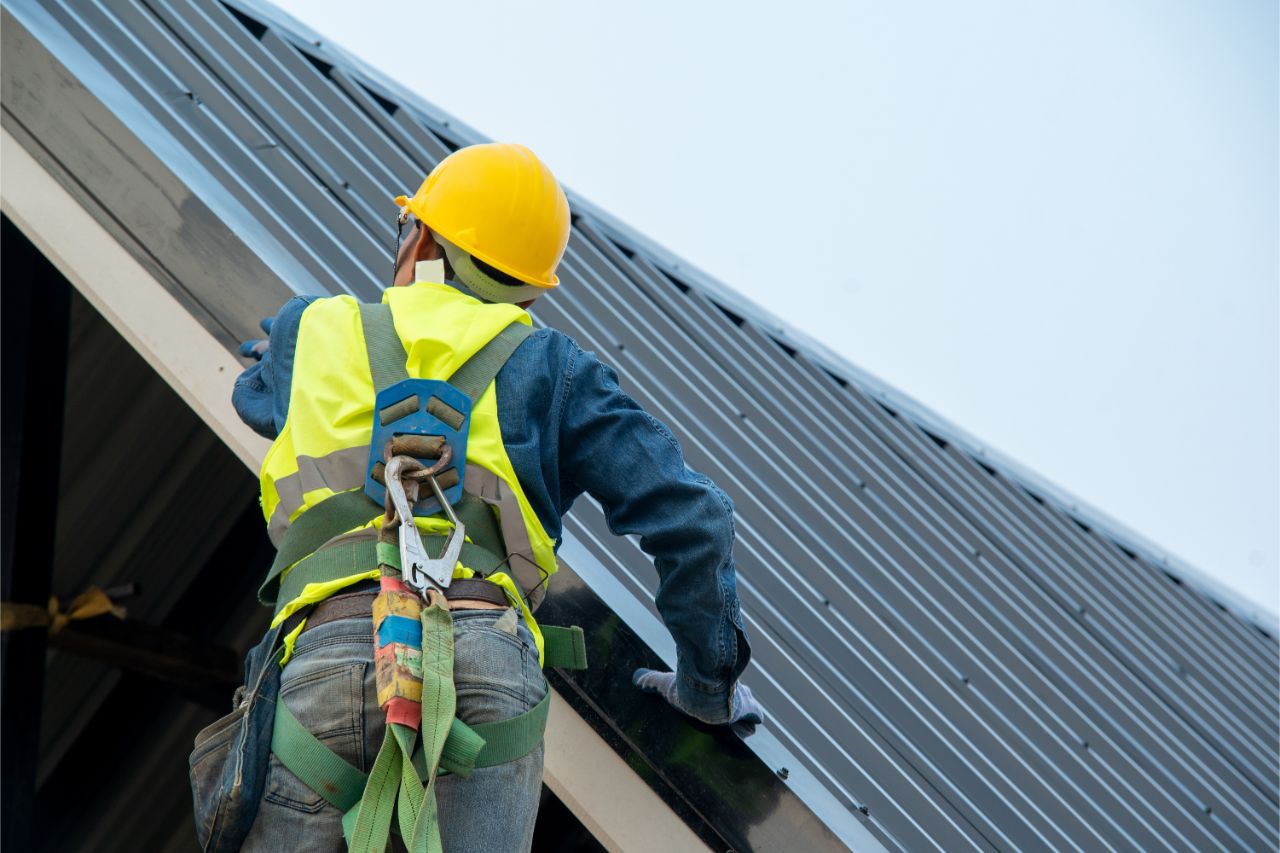
For people working at heights, the risk of injury and fatality is tremendous. Apart from being trained properly, sturdy and high-quality equipment from the best safety equipment supplier in the Philippines is a must-have. We’re here to help you get the most out of your PPE. Keep reading for some safety harness tips.

Before you use your safety harness, the first thing you should do is provide a safe working environment to reduce more risks. Make sure that you supply the right and specific equipment for the job.
For example, railings don’t require any safety training. It can be installed on scaffoldings, lifts, and rooftops. However, they don’t work for all types of jobs. Depending on the task, the type of elevation will vary. To keep workers safe, the proper equipment must be chosen. Scaffoldings might be useful for painting low-level houses, but tree trimmings might require the use of telescopic boom lifts.
The right type of elevation equipment alone will not guarantee the safety of a worker. For extra protection, a personal fall arrest system (PAFS) is needed. From the name itself, this is used to suspend an individual that accidentally falls while working from height. Three components are required in this system—the anchorage, the body harness, and the connector.
The anchor needs to be strong enough to hold a person’s weight, the body harness helps distribute the impact to different parts of the body, and the connector attaches the first two pieces together. Similar to the PAFS is the Fall Restraint System, which uses a measured connecting device to prevent a worker from reaching a hazard—such as the edge of a rooftop.

Look for a proper anchor point and hire a professional engineer to design or approve the fixture. It should be able to handle 5,000 pounds of an attached worker or withstand twice the force that would occur in a fall.
While it may be hard to approve existing beams for this requirement, there are some alternatives. Permanent anchor points made of steel can be specially made and affixed to your structure. This can carry an individual person. Horizontal lifelines can be useful for multiple workers. Aside from that, there are also portable anchors for temporary jobs.
Measuring fall clearance is important because it estimates the height before an individual reaches a lower level obstruction. Aside from the length of the lanyard, you also need to take note of the deceleration distance, the height of the attached worker, the harness stretch, and additional safety allowance.
There are two types of connecting devices typically used in fall arrest systems. The energy-absorbing lanyard helps decelerate your falling speed before you come to a stop. The self-retracting lifeline does the same thing but is better at reducing the fall distance.
To get the most out of your fall arrest system, it is strongly recommended to conduct training, especially when you have new hires. This will ensure that every person working at heights knows how to properly wear their PPE.
Apart from the training, it is also vital to have a rescue plan. If you have one, the other workers will know how to respond immediately when they see a person falling.

Fall arrest equipment will eventually undergo signs of wear and tear, especially if it is used daily. Having a pre and post-operation checklist can easily inform you when you need to replace these items. This quick and thorough task will make a huge difference.
Your workers should also know what to watch out for. They should know the steps to take if they notice that something is wrong. Aside from that, it is also advised to have your fall protection equipment checked regularly by professionals.
These safety harness tips will help protect workers who work at heights. Apart from the importance of a fall protection system, a rescue plan and employee training will also make a huge difference.
If you require assistance in choosing the right fall arrest equipment for your site, message us here at Dels Apparel. In partnership with Delta Philippines, they have everything you need to keep your workers safe on site.